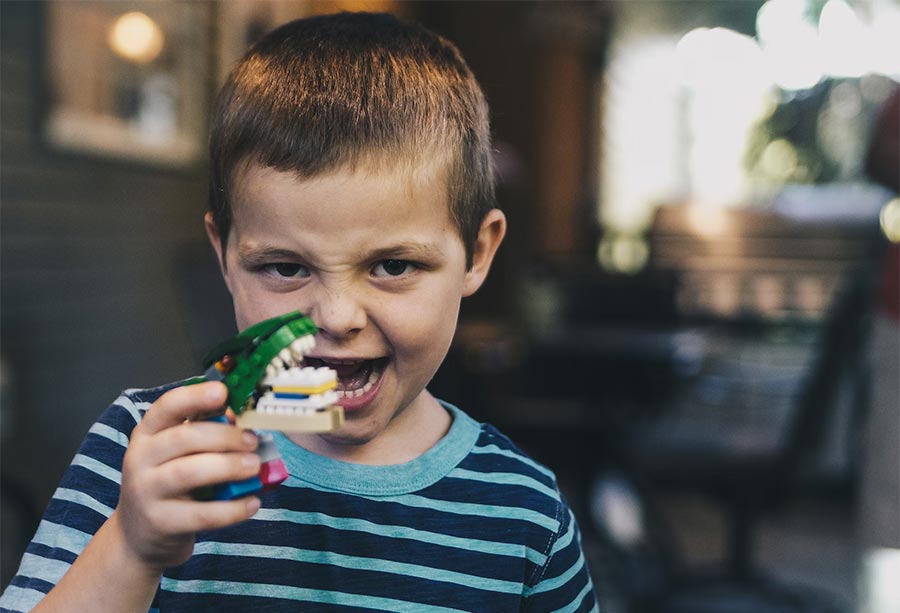
11 May Biting behaviour in autism – how to help my child?
Biting is a common behavior in young children with autism and it can be an extremely challenging behaviour to break.
When dealing with biting behavior in individuals with autism, it is crucial to first consider the underlying reason for the behavior. Biting can serve a variety of functions for individuals with autism, such as:
- communication difficulties
- sensory processing issues
- frustration
Once you know where the behaviour is coming from you can select a strategy to address it:
- Identify triggers: Observe the child’s behavior to identify what triggers the biting. Common triggers include frustration, sensory overload, and lack of communication skills. Once you identify the triggers, you can help the child avoid them or develop strategies to manage them.
- Teach communication skills: Children with autism may bite as a way to communicate their needs or wants. Teach the child alternative ways to communicate, such as using picture cards, sign language, or vocalization.
- Provide sensory input: Children with autism may bite as a way to self-stimulate or regulate their sensory input. Provide appropriate sensory input, such as a weighted blanket or chew toys, to help the child regulate their sensory needs.
- Use positive reinforcement: Reward the child for positive behavior, such as using alternative communication or calming strategies, instead of biting. Positive reinforcement can be in the form of praise, stickers, or small rewards.
- Implement a visual schedule: Children with autism often benefit from visual schedules that outline the day’s activities. A visual schedule can help reduce anxiety and provide structure, which can reduce the likelihood of biting.
- Develop a behavior plan: Work with an autism school or a behavior specialist to develop a behavior plan that addresses the child’s biting behavior. The plan should include strategies for prevention, replacement behaviours, and consequences.
- Redirect the behavior: When the child begins to bite, redirect their behavior to a more appropriate activity, such as a sensory bin or physical activity.
Mom/Dad – then you have to stay calm: It can be frustrating and challenging to deal with biting behavior. However, it is essential to remain calm and consistent in your response to the behavior. Reacting with anger or frustration can escalate the behavior.
We would suggest you designate a safe space for your child, such as a quiet corner or a sensory room, where the child can go when feeling overwhelmed or anxious.

